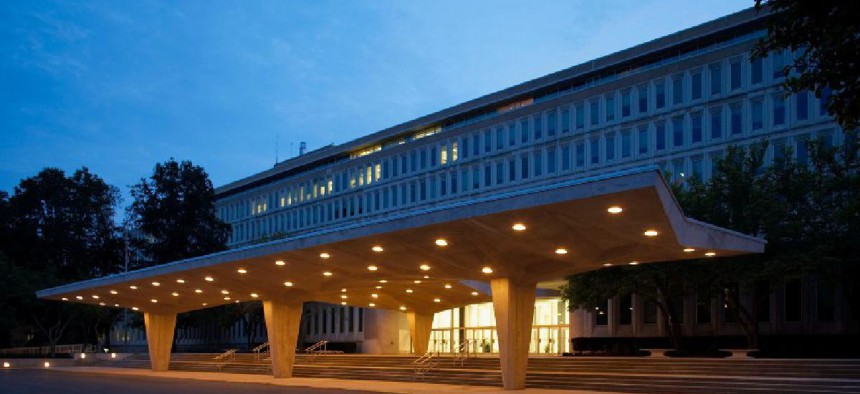ODNI plans recruitment ad campaign

Intelligence agencies are seeking STEM employees and a more diverse workforce.

The Office of the Director of National Intelligence is planning an ad campaign to brand and market the intelligence community.
The "One IC" campaign will focus on how the 18 intelligence organizations fall under the common umbrella of the intelligence community campaign, Lori Welch, the Chief of Emerging Talent in the Human Capital at ODNI, said at an April 8 FedScoop event.
"People know the FBI. They know the CIA," she said. "But there are 16 other elements, and together, we're one."
The campaign will target those with skills in science, technology, engineering and math (STEM), as well as a "younger generation, going all the way down to K-12." The campaign will also align with efforts to recruit a more diverse workforce, Welch said.
The paid advertising campaign, called "What It Takes," will launch this summer, Welch said in a statement to FCW.
Communicating the value of government work is critical to filling positions in competitive fields, Savan Kong, a digital service expert at Defense Digital Service within the Department of Defense, said at the event. This is especially true given the gap between the pay rates offered by private sector companies as compared to public sector.
"If you're competing just on compensation alone, you're going to lose in the government" Kong said.
DDS tries to target potential employees who are mission-oriented, Kong said. "You have to explain your values as succinctly as possible, as quickly as possible, because you're competing for other companies for that same talent," he said.
The pandemic has helped ODNI advance a strategic initiative focused on recruiting more widely, called the "Right, Trusted, Agile Workforce." The intelligence community is hoping to recruit more widely "beyond the beltway, outside the SCIF," Welch said, using the acronym for a classified workspace.
The emergency push last year to having more employees in a teleworking stance has proven the functionality of remote work, Welch said. There's a "significant percentage of our workforce" that "predominately does unclassified work" and can work from home, she said. Movement to the cloud and the advancement of virtual platform accounts within the intelligence community has also helped.
"From a recruiting standpoint, it's critical to think about the future workforce because they don't all want to come to Washington, D.C. to work and they don't all want to be in a SCIF without their cell phones," she said.



